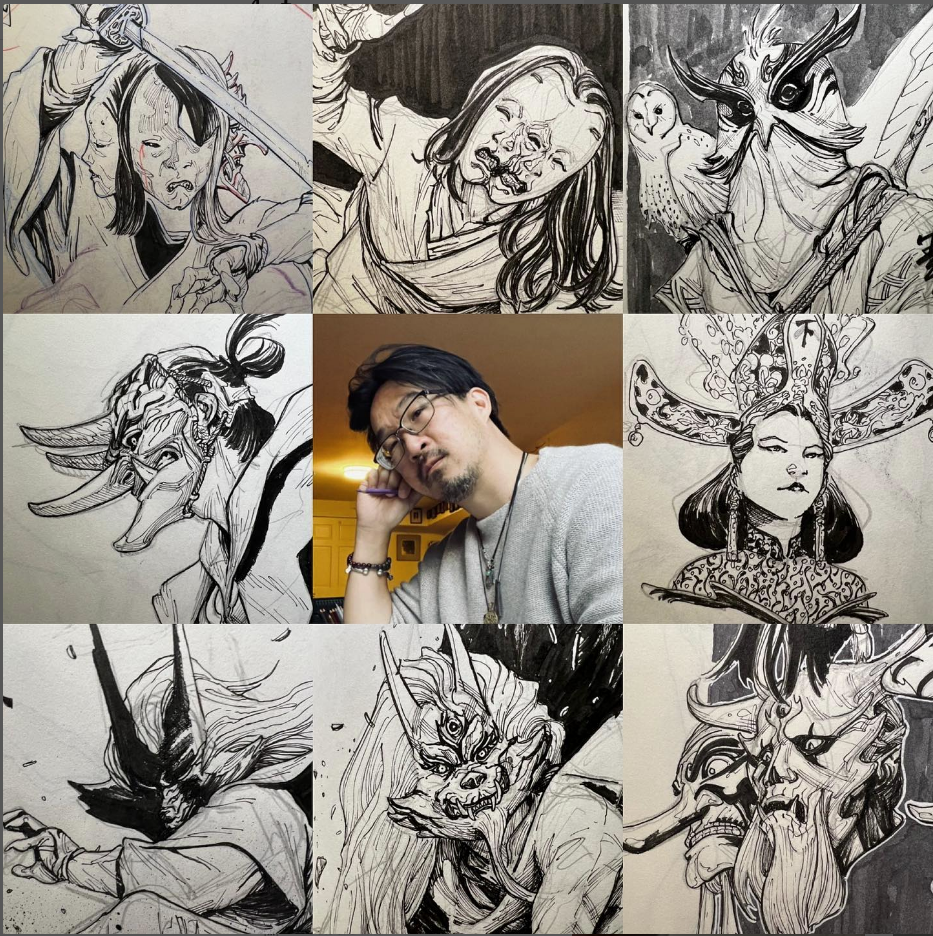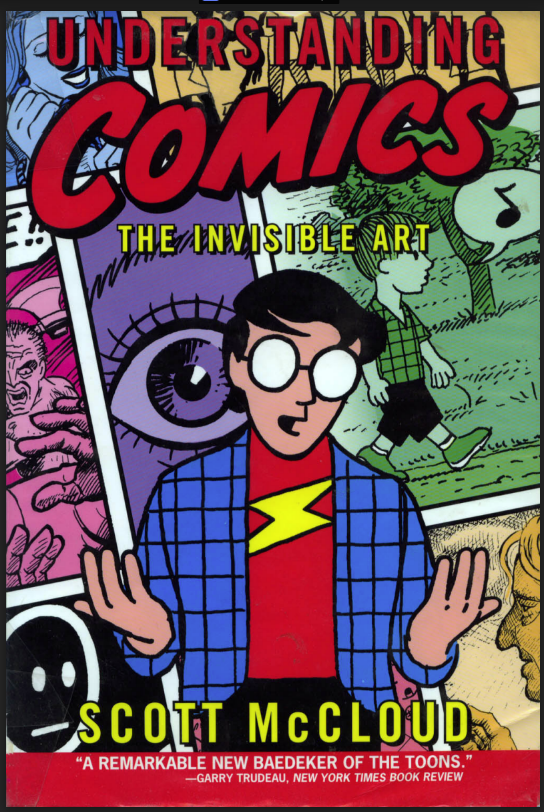Class Info
- Date: Thursday, February 24th
- Meeting Info: IN PERSON CLASS P125
To-Do Before Class
- Homework 2 DUE for critique.
- READ Chapters 3 & 4 of Understanding Comics
Topic
How to Read Comics
TODAYS LECTURE & ASSIGNMENT :
Objectives
- To Introduce Page Building Techniques
- Understand the terminology and concepts in writing for comics
- To introduce the genre of the Autobio comic.
- To Inctoduce the basics of story generation and script writing.
- To continue to explore the ways words and images interact in comics.
Activities
FINAL CRITIQUE: Assignment 2 – Comic Strip
CRITIQUE GUIDE:
- Clarity
- Story Structure
- Reading Order
- Rhythm
- Writing
- Uniqueness
- Craft
DISCUSSION: Chapters 3 & 4 of Understanding Comics
LECTURE:
Key Terminology:
- Closure
- Panel
- Gutter
- Tier
- Reading Order
- Z Formation
- Script
- Thumbnail
- Page Layout
- Caption
- Dialouge
- FX
BOOK REVIEWS: Discuss format: comicsworthreading.com
INTRODUCTION TO THE AUTO BIO COMIC:
GAME: Two Truths and a Lie
Assignment 3, The AutoBio Comic.
Review Assignments and Expectations for Next Week’s Class
Due Next Week
- Assignment 3: The AutoBio Comic, DUE March 17th Week 7
- Sketchbook Week 4
- Reading: Drawing Words and Writing Pictures by Robyn Chapman , UNIT 2 Page Building
- Reading: What is a Graphic Novel, by Jessica Abel






Recent Comments